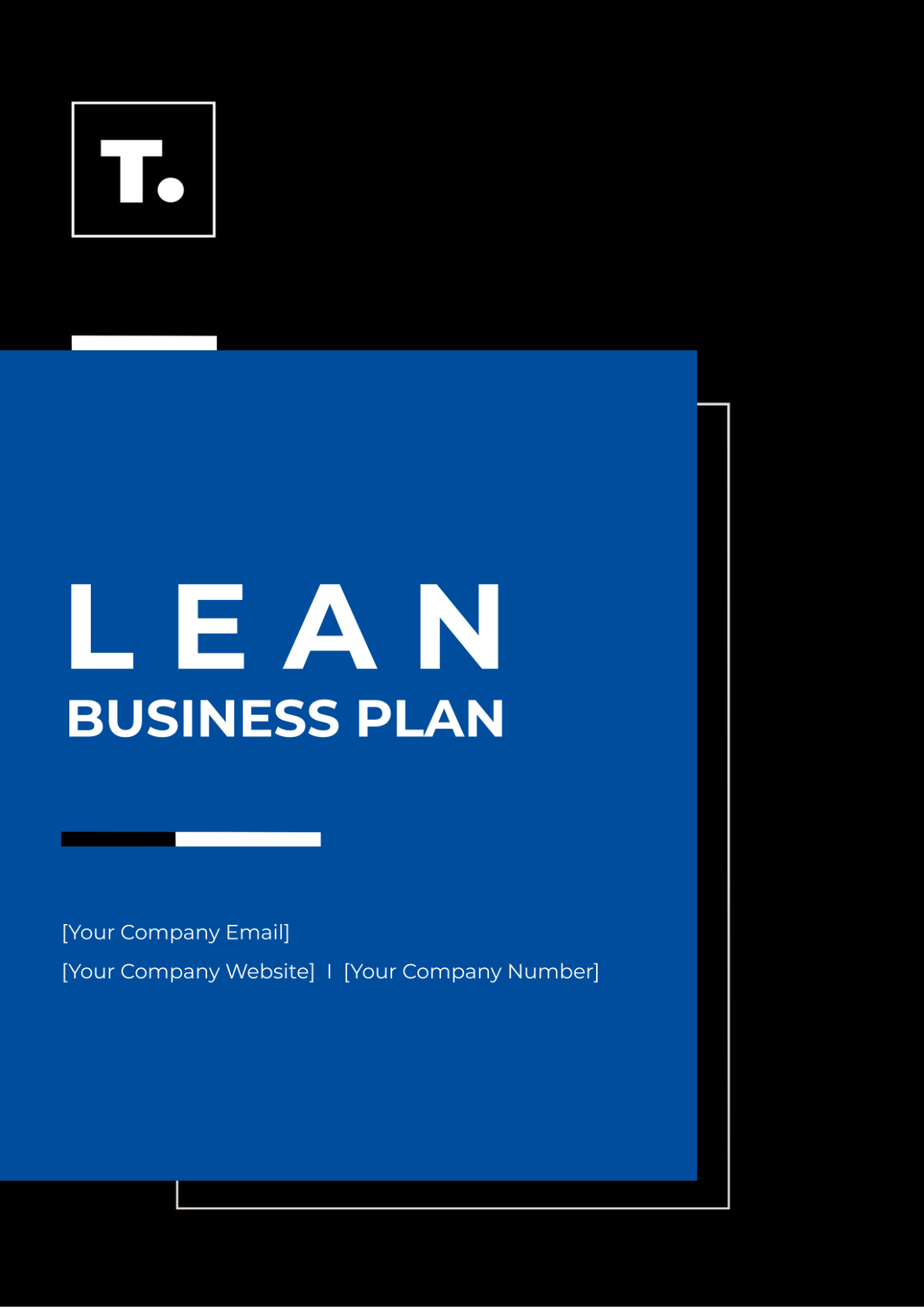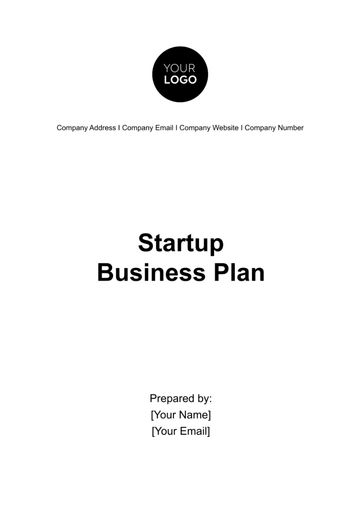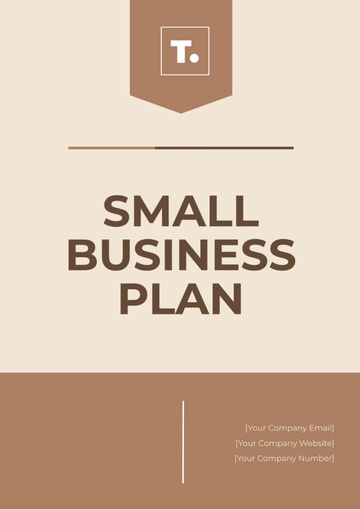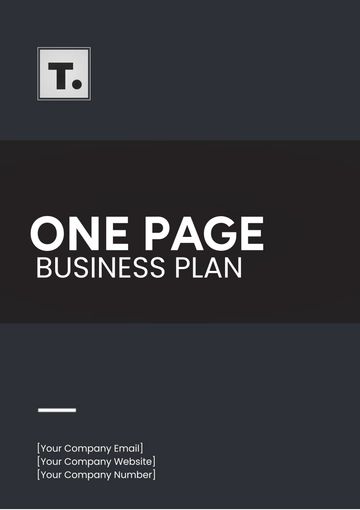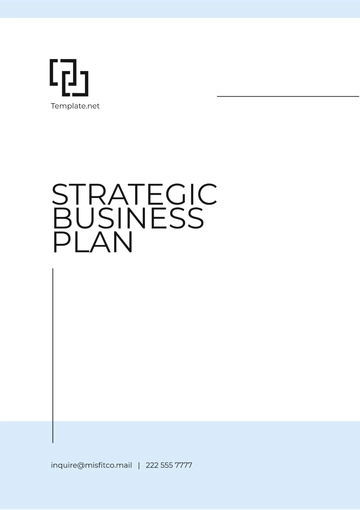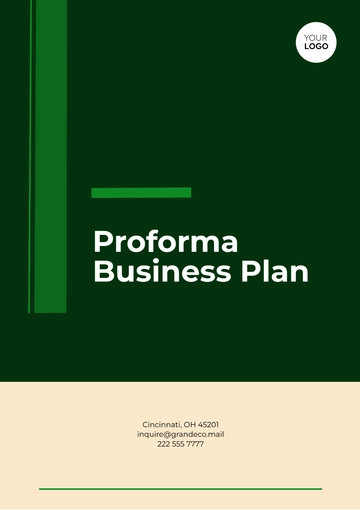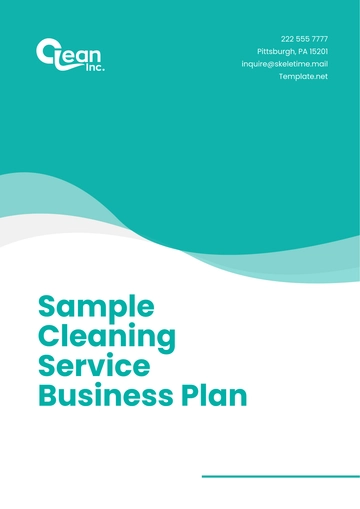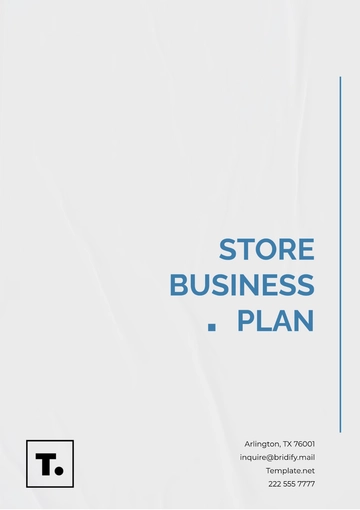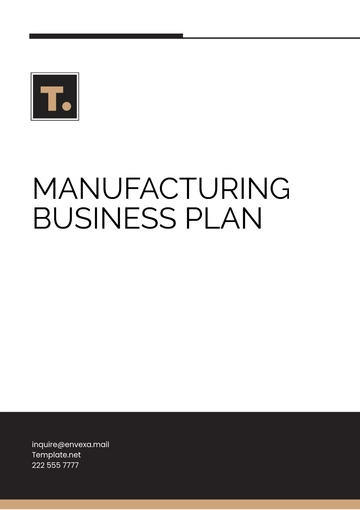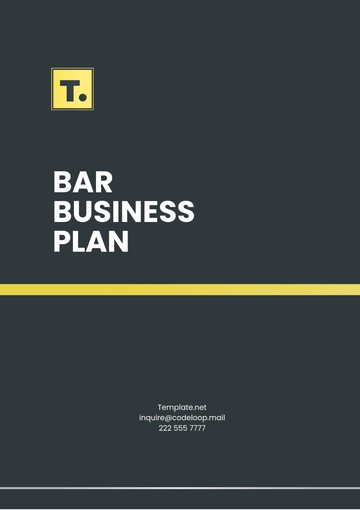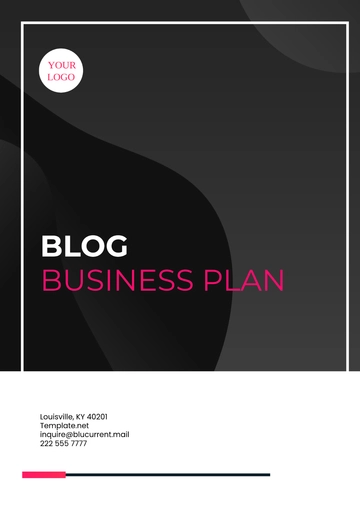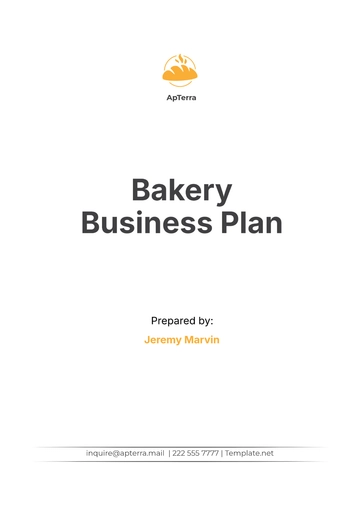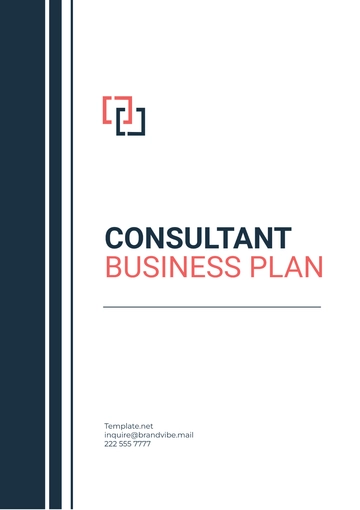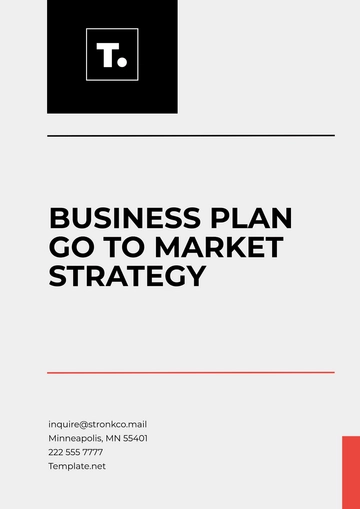Lean Business Plan
I. Executive Summary

Company Overview: [YOUR COMPANY NAME] is a technology startup specializing in developing AI-powered solutions for small businesses to streamline their operations and improve customer experiences. Our products focus on automating repetitive tasks and providing data-driven insights to help businesses make informed decisions.
Mission Statement: Our mission is to empower small businesses with accessible and innovative AI solutions that enhance efficiency, reduce costs, and drive sustainable growth, ultimately contributing to their long-term success.
II. Objectives
Launch flagship AI software in 6 months: Develop and release primary AI product within 6 months for timely market entry.
Acquire 1000 active users in 1 year: Attract and engage 1000 active users within 1 year post-launch, showcasing market acceptance.
Expand market presence in 3 years: Broaden market reach to new regions and industries within 3 years for business growth.
III. Business Description
Main Products/Services: [YOUR COMPANY NAME] primary product is an AI-driven business management platform that integrates with existing systems to automate tasks such as inventory management, customer support, and data analysis.
IV. Market Analysis
Industry Overview: The AI software market is experiencing rapid growth, driven by increasing digitization across industries. The market size is projected to reach $XX billion by [year], with a CAGR of XX%.
Target Market: Our core target audience includes small and medium-sized businesses in retail, e-commerce, and service sectors. They typically seek scalable and cost-effective technology solutions to optimize operations.
Competition Analysis: Competitors include established AI solution providers such as [Competitor 1] and [Competitor 2], with strengths in specific verticals. However, [YOUR COMPANY NAME] differentiates with a user-friendly interface, customizable features, and competitive pricing.
V. Marketing Strategy
Value Proposition: [YOUR COMPANY NAME] Company offers scalable AI solutions tailored for small businesses, combining advanced technology with ease of use, affordability, and personalized support.
Marketing Approaches: Digital marketing campaigns explicitly target various platforms including small business forums, social media platforms, and publications that are specific to particular industries.
VI. Operations Plan
Main Operational Processes: The process involves the development and testing of artificial intelligence algorithms, the onboarding of customers and supporting them, and the ongoing updates to the product which are based on feedback received from users.
Staff Requirements: As the company grows and scales, it plans to expand its team by hiring AI developers, customer support specialists, sales and marketing professionals, and individuals to fill managerial roles.
VII. Funding Request
Our company, [Your Company Name], is seeking an initial funding investment of $X million to support critical areas of our business development strategy. This funding will primarily be allocated towards:
Product Development: Investing in the enhancement and refinement of our flagship AI software suite to ensure market competitiveness and scalability.
Marketing Initiatives: Launch targeted marketing campaigns to promote our products/services, attract early adopters, and build brand awareness within our target market segments.
Operational Expenses: Covering initial operational costs such as hiring key personnel, setting up infrastructure, and acquiring necessary resources for seamless business operations.
Product Development receives $2 million (40% of $5 million).
Marketing Initiatives receive $1.5 million (30% of $5 million).
Operational Expenses also receive $1.5 million (30% of $5 million).
VIII. Financial Plan
IX. Key Metrics
Monthly Active Users (MAU): MAU is the count of unique users engaging with your product/service in a month, indicating user engagement and strategy effectiveness.
Customer Retention Rate: Retention rate is the percentage of customers kept over time, showing satisfaction and reducing the need for constant new customer acquisition.
Revenue Growth: Revenue growth measures the percentage increase in total revenue over time, reflecting business performance and strategy effectiveness.
Customer Acquisition Cost (CAC): Customer Acquisition Cost (CAC) represents the average expense incurred by a company to acquire a new customer, serving as a critical metric to evaluate the efficiency of its customer acquisition strategies.
Lifetime Value (LTV) of Customers: LTV is the total value a customer brings over their relationship, helping understand long-term profitability and guiding retention strategies.
Plan Templates @ Template.net
